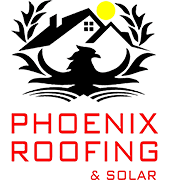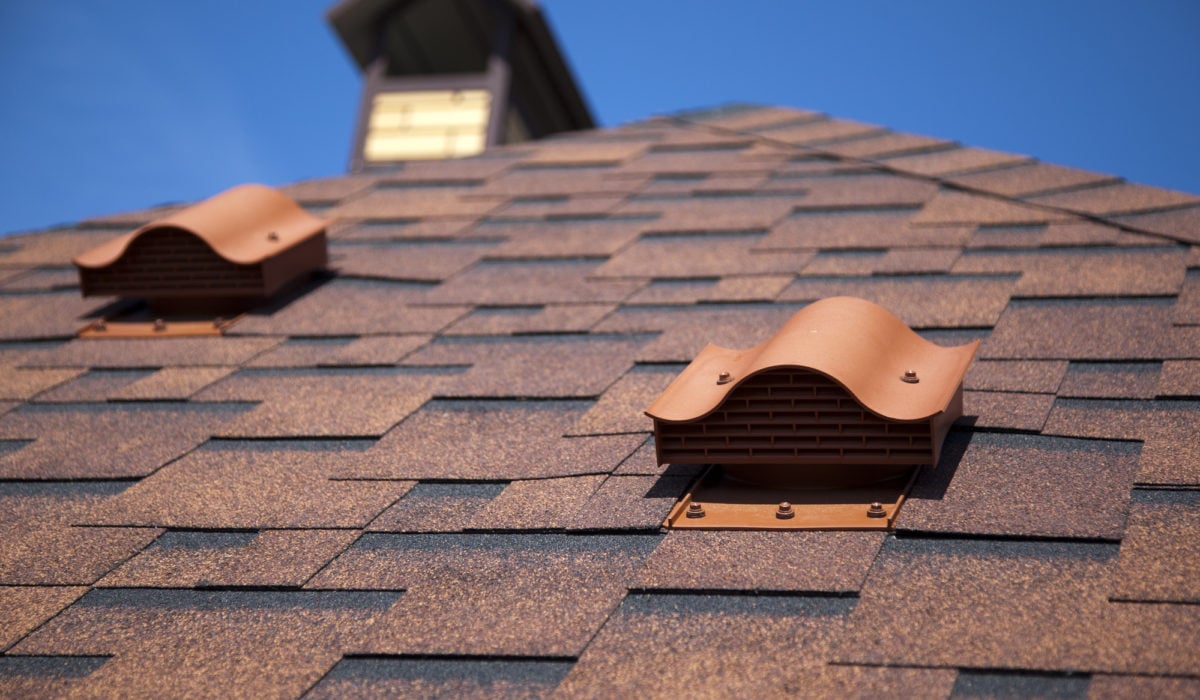- 0 Comment
The Importance of Proper Attic Ventilation for a Healthy Roof
When it comes to roofing, most homeowners tend to focus on the visible aspects—the type of shingles, the color, and the overall aesthetic. However, one crucial element of your roofing system that often goes unnoticed is attic ventilation. Proper attic ventilation plays a significant role in maintaining a healthy and long-lasting roof. In this blog, we will explore the importance of attic ventilation and how it can benefit your home.
What is Attic Ventilation?
Attic ventilation refers to the system that allows air to flow in and out of your attic space. It typically involves the use of intake and exhaust vents strategically placed in your roof to create a continuous flow of air. The primary goal of attic ventilation is to regulate temperature and moisture levels in the attic, which, in turn, helps protect your roof and your entire home.
Why is Attic Ventilation Important?
Temperature Control: During hot summer months, attics can become extremely hot, reaching temperatures well above 140°F (60°C). This excessive heat can damage your roofing materials, causing them to deteriorate prematurely. Proper attic ventilation helps dissipate this heat, keeping your attic and your roof cooler and extending their lifespan.
Moisture Regulation: Attics are prone to moisture buildup, often caused by activities such as cooking, showering, and doing laundry. If this moisture is not adequately vented, it can lead to mold growth and wood rot. A well-ventilated attic helps prevent these issues by allowing moist air to escape and be replaced with drier outdoor air.
Ice Dam Prevention: In cold climates, ice dams can form on the roof’s edge when warm air from the attic melts snow on the roof, which then refreezes at the eaves. This can lead to water seeping under the shingles and causing damage. Proper attic ventilation helps maintain a consistent roof temperature, reducing the likelihood of ice dams.
Energy Efficiency: Adequate attic ventilation can also contribute to energy efficiency in your home. In the summer, a cooler attic means your HVAC system doesn’t have to work as hard to keep your home cool. In the winter, it helps prevent warm air from escaping through the roof, reducing heating costs.
Types of Attic Vents
There are various types of attic vents that can be installed in your roofing system:
Ridge Vents: Installed along the peak of the roof, ridge vents are exhaust vents that allow hot air to escape naturally. They provide a continuous ventilation pathway and are typically combined with soffit vents for intake.
Soffit Vents: Soffit vents are installed under the eaves of the roof and allow cool, fresh air to enter the attic. They work in conjunction with ridge vents to create a natural flow of air.
Gable Vents: Gable vents are installed in the gable ends of the attic and provide exhaust ventilation. They are an excellent option for homes without ridge vents.
Box Vents: Also known as roof vents or static vents, box vents are installed on the roof’s surface. They allow air to escape but do not create a continuous airflow like ridge vents.
Maintaining Attic Ventilation
To ensure that your attic ventilation system functions properly, regular maintenance is essential. Here are some tips:
Keep vents clear: Periodically inspect and clean your vents to ensure they are free of debris, such as leaves or animal nests.
Check for insulation blockages: Make sure that insulation does not block the airflow from soffit vents into the attic.
Seal air leaks: Seal any gaps or cracks in your attic’s ceiling to prevent warm, moist air from entering the attic space.
Consult a professional: If you’re unsure about your attic ventilation or suspect any issues, it’s best to consult a roofing professional who can assess your system and make necessary adjustments.
In conclusion, attic ventilation may not be the most glamorous aspect of roofing, but it plays a critical role in preserving the health and longevity of your roof. By ensuring proper ventilation, you can protect your investment, save on energy costs, and maintain a comfortable and healthy home environment. Don’t overlook this vital component of your roofing system; it’s an investment that pays off in the long run.

